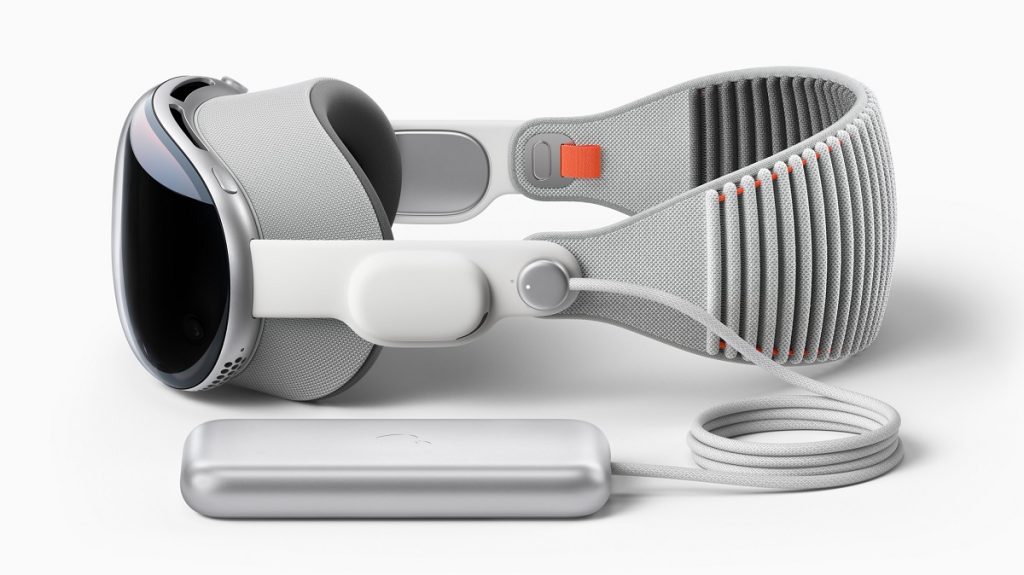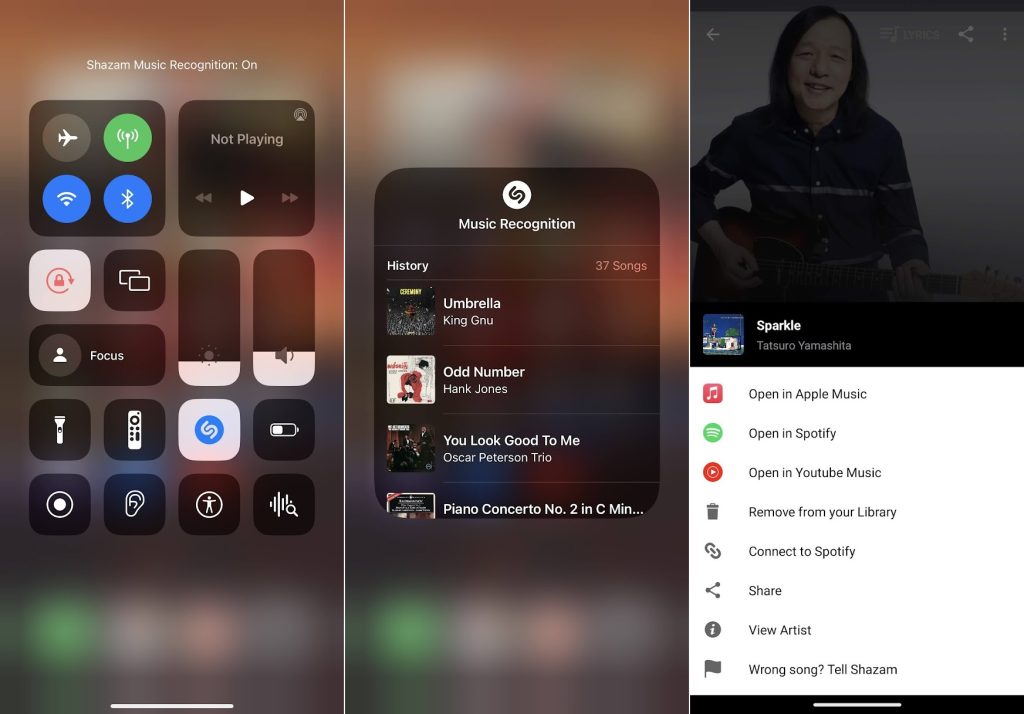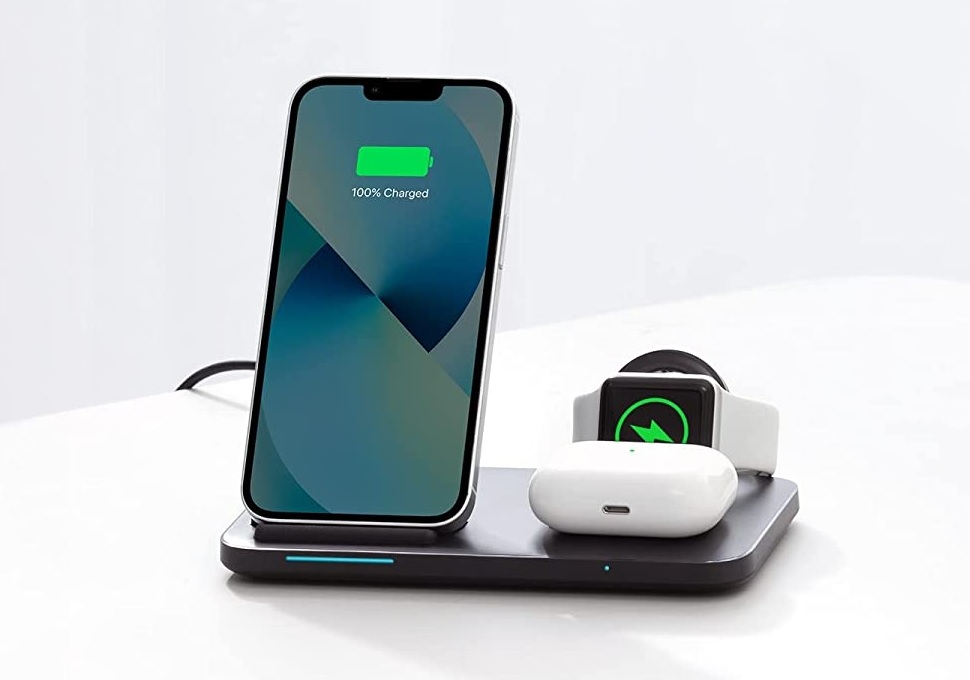6/13/2023: Apple’s AR/VR headset isn’t for you

Apple’s Vision Pro headset isn’t for you
Plus: A bigger MacBook Air, more AI everywhere, and an ode to Shazam

In light of Apple’s recent Vision Pro headset reveal, let me tell you about the worst gadget purchase decision I’ve ever made.
It happened about nine years ago, after a friend let me try out his Oculus DK1, a virtual reality headset intended mainly for software developers. The demo left me so spellbound that I pre-ordered Oculus’ second-generation developer kit the day it became available, not wanting to wait for consumer hardware just to experience VR at home.
When the headset arrived four months (and $350) later, actual reality set in. Though I’d imagined myself spending hours inside a multitude of virtual worlds, wearing a one-pound visor over my head was only comfortable for about 30 minutes at a time. Compared to sitting in front of the TV or loading up a game on my computer, strapping on the DK2 quickly started to feel like an ordeal, and I quickly stopped using it altogether. That experience turned me from a potential VR enthusiast into something of a skeptic.
More Apple catch-up
Of course, Apple had a lot more to share at WWDC last week beyond just the Vision Pro. A quick rundown:
15-inch MacBook Air: Now you can finally get a larger-than-13-inch Apple laptop without spending upwards of $2,000 on a MacBook Pro. For $1,300, the 15-inch Air has nearly all the same tech specs as the 13-inch version (which now starts at $1,100, after a $100 price cut), so it should provide ample computing power for most use cases. It weighs 3.3 pounds, so the portability trade-off isn’t huge versus the smaller 2.7-pound Air, and Apple’s advertising the same 15-hour battery life while browsing the web.
The 15-inch MacBook Air is available now, but as always, prospective buyers should consider holding out for deals. Best Buy and other retailers frequently sell Apple’s laptops for much lower than the list price. (It’s already $50 off from Amazon.)
Software updates: Forthcoming iOS features include customizable splash screens for your calls to other iPhone users, voicemail transcription, voicemails for Facetime, and a “Standby” mode that turns iPhones into smart displays while charging. iOS 17 will also preserve some iMessage features in group texts involving Android users, such as editing and full-resolution images, but only for the other iPhone users in the chain.
Beyond the iPhone, the Apple Watch is getting an interface overhaul with a focus on widgets, and the iPad’s Stage Manager multitasking is getting some much-needed improvements. On the MacOS side, widgets are coming to the desktop. You can expect these improvements in the fall, unless you’re adventurous enough to start playing with beta software.
Odds and ends: There’s a new new Mac Pro and upgraded Mac Studio with M2-series chips, which means Apple no longer sells any computers with Intel inside. Meanwhile, existing Intel-based Macs will miss out on more new features, and Apple’s also making it easier to port Windows games to MacOS.
More AI everywhere
Photoshop’s AI additions: Adobe’s new “Generative Fill” feature in Photoshop seems like a pretty big deal. Just by highlighting part of a canvas and clicking “Generate,” users can add new objects to existing images, fill in missing details, replace entire backgrounds, or even extend the frame with new content. (With the latter feature in particular, expanded album covers have been going viral.) The AI features are available to all Creative Cloud subscribers who’ve installed Photoshop’s beta version.
Windows’ AI sidebar: Microsoft plans to put ChatGPT-like conversations directly inside of Windows 11 later this year. The feature, called “Windows Copilot,” will let users adjust system settings, summarize documents, and interact with apps through a persistent side menu, which can be loaded through a taskbar button. It could be useful—especially if app makers embrace it—but it could just as easily be yet another unwanted distraction. Windows Insiders will get to find out this month before the feature launches more broadly in a future update.
Tip of the moment

Shazam still rules: While traveling over the past couple of weeks, I found myself leaning heavily on Shazam, the venerable app that can identify songs just by listening to them for a few seconds. After all these years, it still feels like magic, and chances are you could be doing more with it.
Here, then, are some quick tips to take Shazam’s song identification skills to the next level:
- Add it to Control Center (for iOS): Got an iPhone? Head to Settings > Control Center, then hit the + button next to “Music Recognition.” This will add a Shazam icon to Control Center for quickly identifying songs. You can also hold the Shazam button to view your song history.
- Add it to Quick Settings (for Android): After installing Shazam’s Android app, you can add a button above your notifications to identify songs with one tap. Enter your Quick Settings menu’s edit mode (see instructions for Pixel or Samsung phones), then look for the Shazam icon in the list of items to add.
- Enable auto-Shazam: To identify multiple songs in a row without intervention, long-press the icon in the Shazam app. The app will automatically detect any songs playing in the background until you turn the feature off again.
- Use the extension: Shazam has a browser extension that can identify any song that’s playing on your computer, perfect for figuring out soundtracks to video streams.
- Connect to streaming music services: In Shazam’s iOS or Android apps, open the app’s ⚙️ settings menu. Here you’ll see options to connect your Apple Music or Spotify accounts, which will produce a playlist of every song you’ve saved. You can also tap the ⋮ button next to any song to quickly open it in Apple Music, Spotify, or (on Android) YouTube Music.
Around the web
- For TechHive, I wrote about how to use Plex’s amazing AI music playlists.
- Microsoft uses fake AI answers to prevent people from downloading Chrome.
- Windows 11 gets built-in RAR, 7Z, and GZ support.
- If your read one thing about Reddit’s third-party app drama, make it this.
- Beware of free VPN services: One just leaked millions of customer records. (Relevant link from the Advisorator archives.)
Spend wisely

Amazon has a nice deal on Anker’s 3-in-1 charging station, which can wirelessly charge compatible phones and earbud cases with a single power cord. It also has an insert for an Apple Watch charger (Series 1 through Series 6 charging cords only), which you can snake through the bottom of the dock. It’s on sale for $20, down from a $30 street price, and in “like new” condition for $15. Shipping is free for Prime subscribers, or for non-Prime customers with any $25 order.
Thanks for reading!
Hey, I appreciate you all bearing with me these past couple weeks while I took a much-needed break from writing and newslettering. If you’ve been waiting to ask me a question about anything tech-related, now’s a fine time to send it along.
Until next week,
Jared
